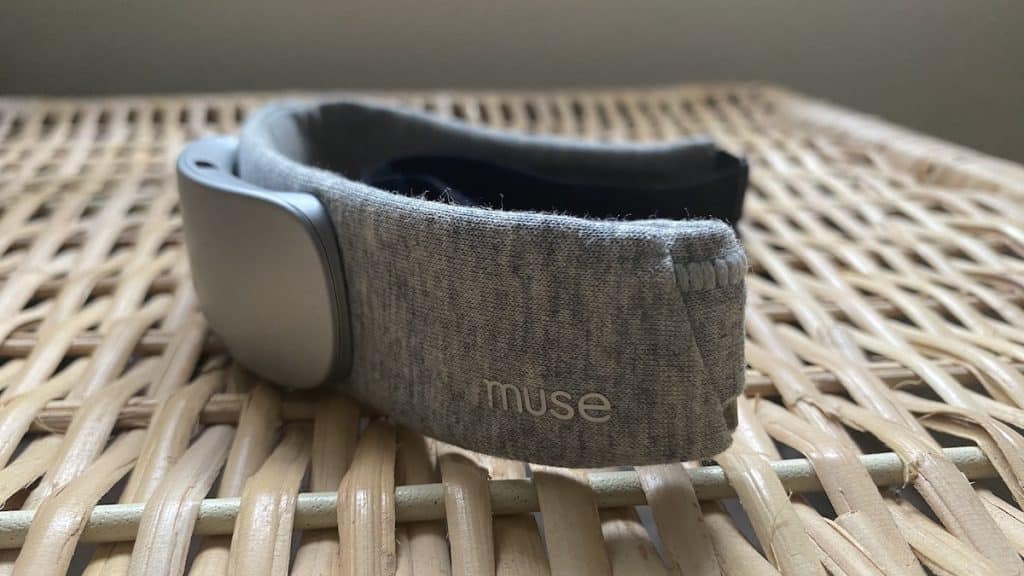
Can wearables like Muse S Athena really train your brain?
Can a headband really help you train your brain? Devices like the Muse S Athena promise just that, but there’s still plenty of confusion about how they work and what they’re actually doing.
Understanding what neurofeedback really is
So what is neurofeedback? Well, there’s no actual magic happening under the fabric strap. It’s all rooted in science.
Neurofeedback is a method, not mind-reading. The Muse S Athena uses a combination of EEG and PPG sensors, along with a new fNIRS module, to collect real-time physiological data. What you get is feedback on brainwave activity, heart rate, breathing and blood oxygenation. It sounds complex, but the goal is fairly simple: to guide you into a more relaxed, attentive or meditative state by reflecting your own physiological patterns back to you.
This isn’t some sci-fi neural decoder. The headband doesn’t read your thoughts. Instead, it gives your brain a mirror. That can make people more aware of what’s going on inside their head and body, which is useful for everything from stress reduction to sleep improvement.
Like I said in my Muse S Athena review, it doesn’t feel like some stiff medical device. It’s more like a chill wellness tool that pairs solid sensors with a cool app, so the whole thing feels smooth but still based on what your body’s actually doing.

Is there actual science behind it?
Muse S Athena didn’t appear from nowhere. The company behind it, Interaxon, has worked with research institutions for years. There are over 200 published studies using Muse hardware in some way. These include collaborations with the Mayo Clinic, NASA, MIT and several top universities. Many of those studies used the earlier Muse headbands, but Athena improves on those with upgraded EEG and a new fNIRS sensor that tracks brain oxygenation.
So far, research suggests that EEG-based feedback can help with relaxation, focus and sleep. Results vary, and the placebo effect can’t be ruled out entirely. But for many people, the structured training and real-time feedback seem to offer tangible benefits. The tech isn’t trying to diagnose mental illness or deliver clinical-level neurotherapy. It’s more like a guided assistant for mental fitness.
Whens using the device, I found the insights to be low-key and not always obvious. It’s not trying to overhaul your brain overnight. But if you stick with it, you might start noticing patterns that help you tune into what’s going on upstairs a bit more.







What about EMF and brain safety?
One concern that pops up regularly is whether these kinds of wearables expose the brain to unsafe levels of electromagnetic radiation. That’s not the case here. Muse S Athena doesn’t emit any high-powered RF signals. It uses Bluetooth Low Energy, which transmits well below established safety thresholds. It’s not sending out brain waves, it’s listening to them.
The sensors are passive. They record electrical activity and light absorption levels, but they don’t push anything into the brain. fNIRS uses near-infrared light to measure blood oxygenation just beneath the skull. It’s similar to what you’d find in a hospital-grade oximeter, except adapted for the head.
Is there a risk of psychological dependency?
A psychological dependency risk is also sometimes a question. And a fair one. If a device helps you sleep or feel calmer, what happens when you stop using it? While it’s possible for people to become reliant on any routine, there’s no evidence that Muse devices lead to dependency in the clinical sense.
The accompanying smartphone app is designed to build skills gradually, not foster reliance. The guided sessions encourage awareness and habit formation. You’re not giving over control, you’re learning to notice and regulate your own state with some help along the way. The device doesn’t alter brain chemistry, and stopping use doesn’t trigger withdrawal or cognitive decline.
If this sounds interesting, you might want to give Muse S Athena a try. The device is not a mind reader, and it doesn’t magically cure anxiety or insomnia. But it’s built on real sensor tech, backed by years of research, and offers a structured path to understanding how your brain and body respond to different states. Used correctly, it’s a tool, not a crutch.
And don’t forget to read my full hands-on review.
Subscribe to our monthly newsletter! Check out our YouTube channel.
